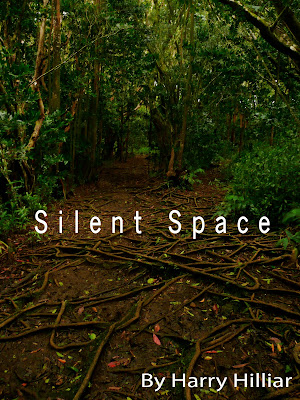Nomads - what is a nomad
'....a member of a people who have no permanent home but move about according to the seasons'.... wordnetweb.princeton.edu/perl/webwn
Nomadic people, also known as nomads, are communities of people that move from one place to another, rather than settling down in one location. There are an estimated 30-40 million nomads in the world.
'The politics of place are made manifest through different groups' territorial claims. Often people fight to maintain divided or to dissolve them completely. Others try simply to slip through them undetected.. These are the marks of ideology upon the earth. Some artists reflect and reflect upon these territorial battles; others explore the absurdities that can occur in the demarcation of such places. But what of those who choose to live on the land nomadically, without making a claim on it? ' (Dean/.Millar 2005:133)
Tuareg People


www.africaguide.com/culture/tibes/tuareg
The Tuareg people are predominantly nomadic people of the Sahara desert. Because of their blue robes they are often referred to as the 'Blue men of the desert'. They live in small tribes of between 30 and 100 family members and have animals like goats, cattle, chickens and camels.They are a proud race of people and live mostly in the northern reaches of Mali near Timbuktu and Kidal where they tend to do most of their trading.
Each of the family members plays an important role with the women making milk, butter and clothing etc from the animals and collecting firewood. The men drive the animals and take responsibility for trading. They sell camels and buy millet for bread making.
Drought and government policy has impacted on their way of life and increasingly many are living a more sedentary lifestyle.
Many cultures have been traditionally nomadic, but traditional nomadic behavior is increasingly rare in industrialized countries. http://www.answers.com/
Mongolian Nomads

'The nomad moves, but he is always at the centre of the desert, at the centre of the steppe.' Gaston Bacheland (Dean/Millar 2005:147)
These images were taken of Mongolian Gers and Mongloian people by Mette Tronvoll in 2003. He undertook a documentary expedition over a period of six weeks where he travelled across Mongolia from the Gobi Desert in the south to Khenti region in the north photographing the landscape, the nomads in and outside of their Gers (Yurts) and images of the Gers themselves. The name Ger comes from the turkish word jurte and is a round white tent and is the home of the nomades living on the steppes in Mongolia. The shape and function of this tent has stayed the same.
(Dean/millar 2005:146)
Click on the link below to go to Tronvolls archive page showing his 2005 exhibition of the Nomads of Mongolia in Stockholm.
www.nordenhake.com/php/exhibition.php?id=55&year=2005

Mongolian Yurts
The yurt (mongolian: Ger) is the traditional dwelling of the nomads in Mongolia, as well as in the neighboring countries, over to as far as in Turkey. It is a tent-like structure made from a wooden frame and covered by wool felt. A traditional yurt is very easy to collapse and assemble again, and it can be transported on no more than three animals (horses, camels, yaks). Today it will fit nicely on a small all-terrain vehicle. http://www.mongolyurt.com/

Vietnamese Floating Houses
Central Viet Nam(Mid-1800s - today)

These houses are built on rafts so that the nomadic people who live in the Annam Mountains of central Viet Nam can move about freely from one side of the lake to the other. The houses are built from hardwood trees that grow slowly in the mountains. This hard wood takes a long time to rot, so it's perfect for building a house that sits in the water.
http://www.architectstudio3d.org/AS3d/people_annamese.html

No comments:
Post a Comment